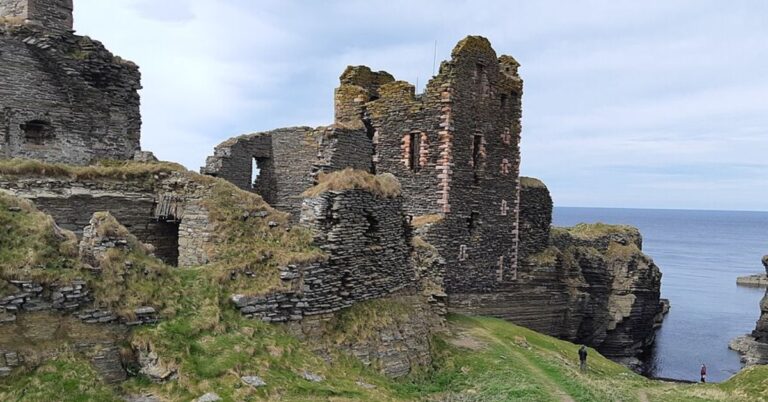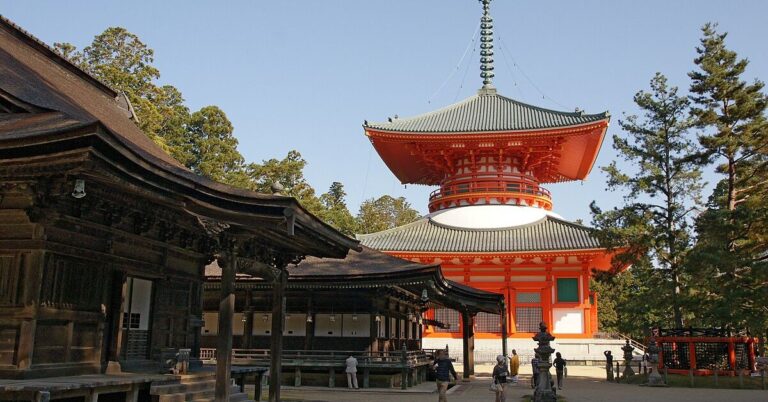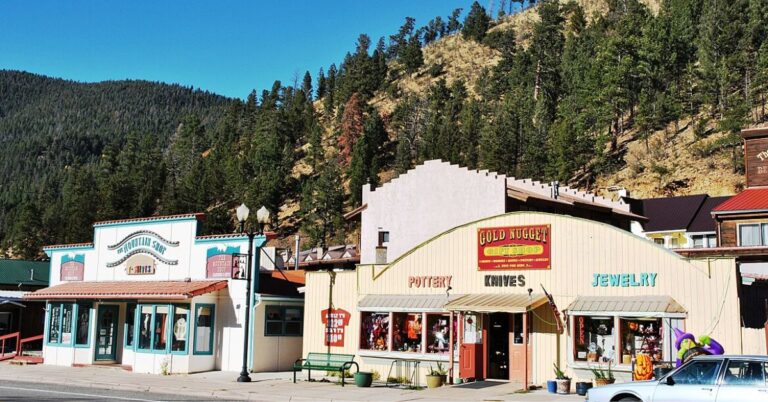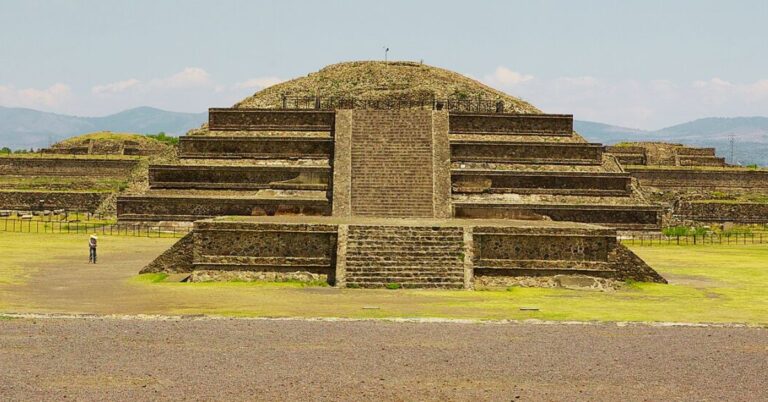25 Caves Worldwide That Feel Otherworldly
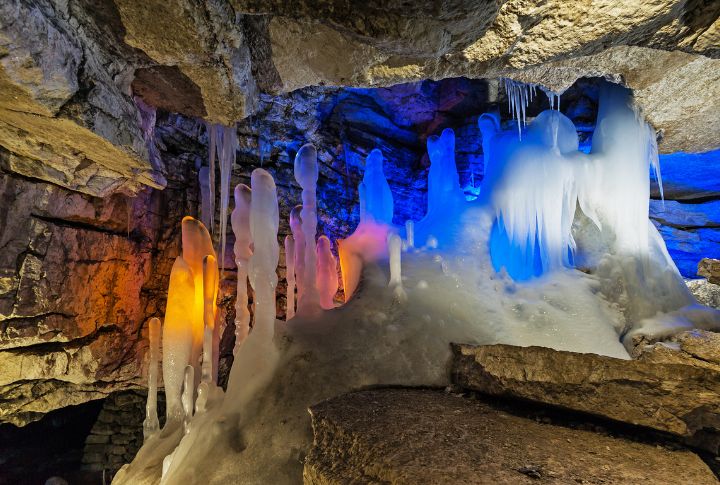
Beneath the surface lies a world sculpted by time, where nature’s artistry knows no bounds. Some shimmer with otherworldly light, while others plunge into darkness. Each one is a portal waiting for you to step inside. Silence echoes louder than sound within their depths, and the walls whisper secrets of the Earth’s forgotten past.
Waitomo, New Zealand
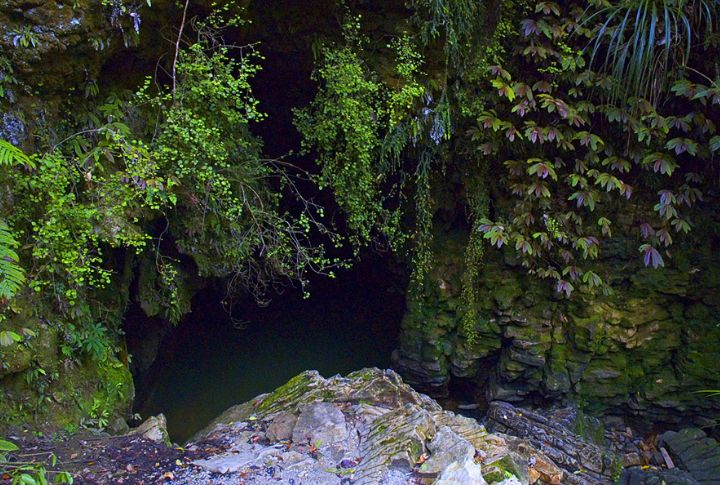
Step into New Zealand’s Waitomo Grotto, and you’ll think you’ve stumbled into a galaxy in sci-fi. Thousands of bioluminescent larvae (Arachnocampa Luminosa) dangle from the limestone ceiling, illuminating the darkness like tiny blue stars. Scientists explain the glow as chemistry; your imagination says it’s enchanting.
Eisriesenwelt, Austria

Frigid winds sculpt frozen cathedrals within, where crystalline formations thrive due to the cave’s constant internal temperature. Officially mapped in 1879, this marvel has existed for millions of years, standing as nature’s grand frozen masterpiece. Austria’s Eisriesenwelt, known as the planet’s largest known ice cave in Europe, spans over 42 kilometers.
Orda, Russia
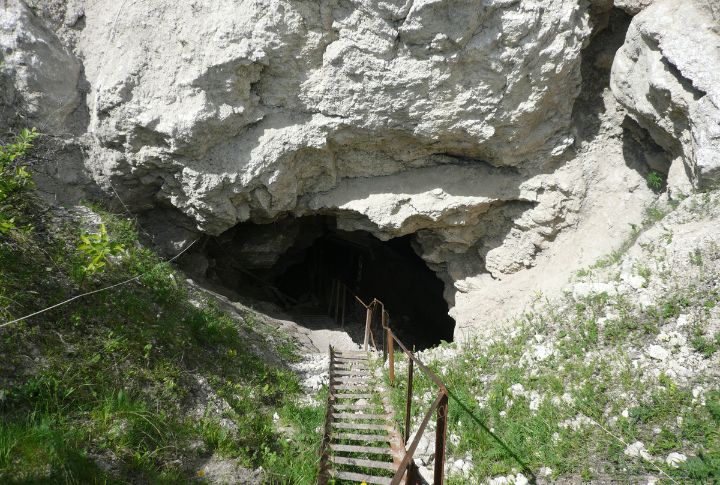
When you make your way into Russia’s Orda Cavern, you’ll feel as though you are in an alien terrain. This submerged catacomb extends five kilometers, with white gypsum structures glowing in crystal-clear water. Expert divers call it surreal, while beginners find it intimidating. Either way, it’s a spectacle unlike any other.
Callao Cave, Cagayan
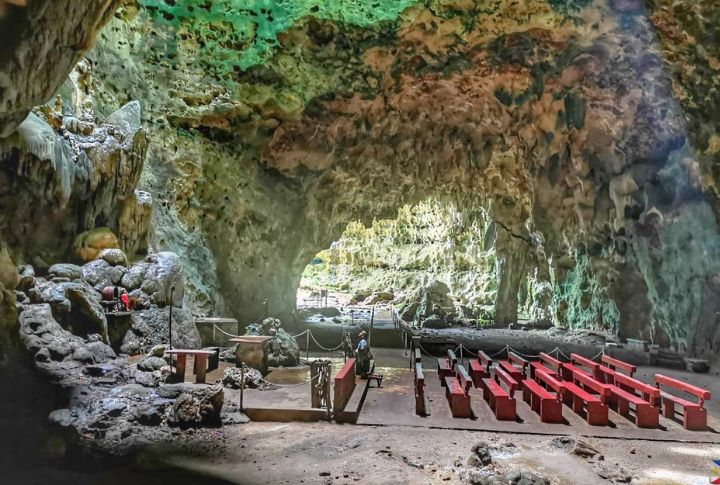
In the verdant hills of Penablanca, Cagayan, you’ll find Callao Cave, a limestone gem featuring five of the seven stunning chambers lit by natural light. Notable for its chapel in the first chamber and ancient human fossils over 67,000 years old, it is a remarkable, historically valuable cave of spirituality and natural splendor.
Son Doong, Vietnam
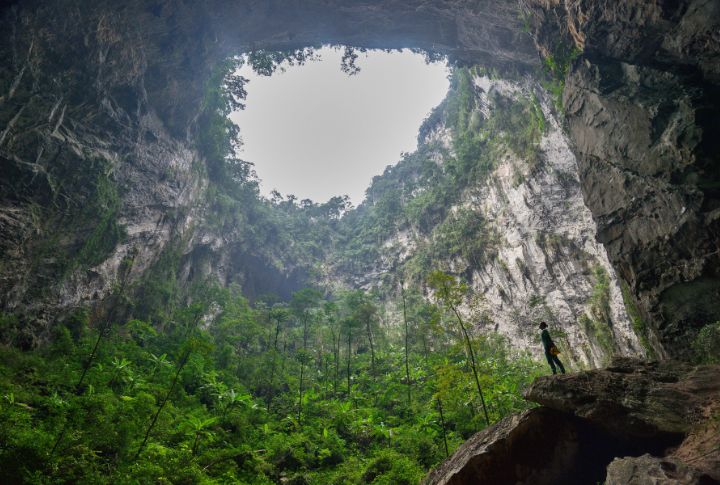
Son Doong Chamber can be vast enough to house an entire New York neighborhood. Located in Vietnam and discovered in 1990, it was disclosed to the world in 2009. Known for its ecosystem, it shares its space with misty clouds and a rushing river. The world’s most enormous cavern? It’s more like a complete underground planet.
Abanda Caves, Gabon
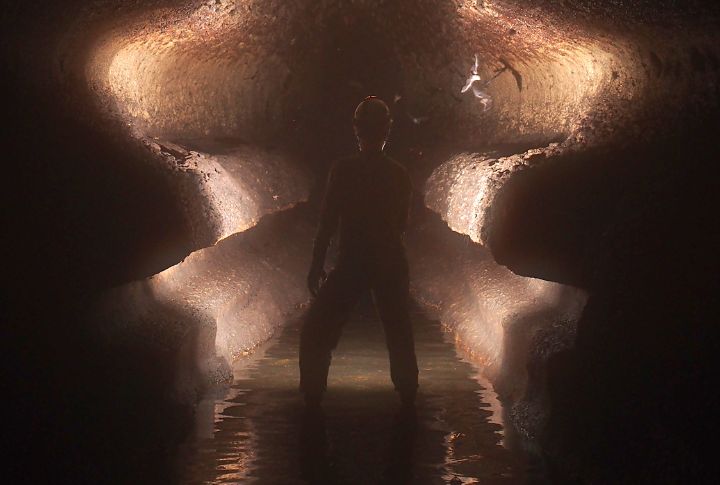
Here, you can find crocodiles with a striking orange glow. The cave system, with two independent cave networks, is a must-see for daring adventurers seeking scientific expeditions. The Abanda Caves conceal an ecosystem unlike any other in Gabon’s vibrant rainforest, where you can find Picathartes nests at their entrances.
Luray Caverns, USA
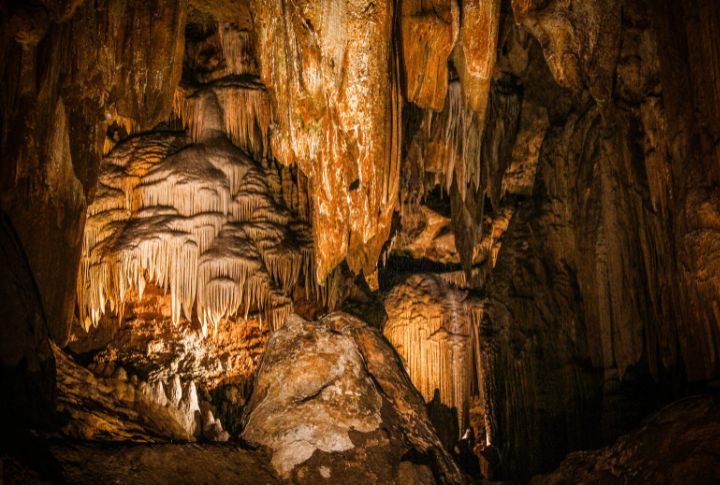
Luray Caverns in Virginia’s Shenandoah Valley is an impressive subterranean marvel. Reaching across 64 acres, it showcases remarkable stalactite and stalagmite formations, with Dream Lake as a highlight. The caverns are owned by the Graves family. Guests are drawn to its beauty, which makes every visit timeless.
Gronligrotta
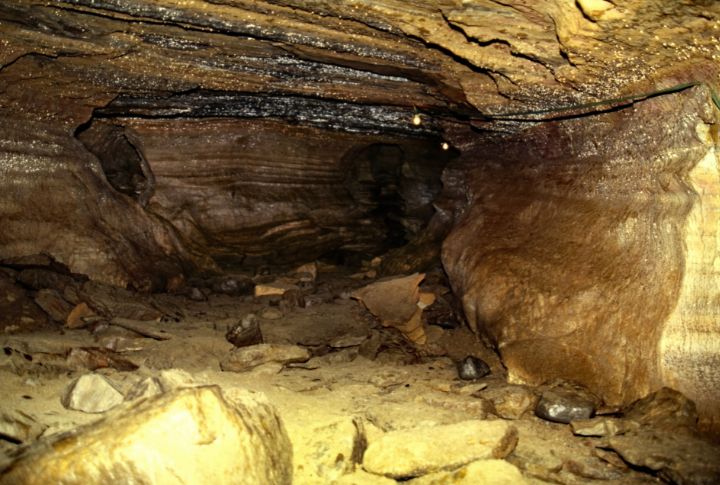
Seen in Norway’s rugged Rovassdalen valley, Gronligrotta is a stunning marble karst cave sculpted over 700,000 years by the forces of ice and water. Its glowing passageways exhibit underground rivers and ancient limestone formations, providing visitors with an astounding journey into nature’s hidden wonder.
Jeita, Lebanon

A remarkable subterranean wonder was discovered in the 19th century, and it feels like a forgotten world. Masked in Lebanon, Jeita Caverns stretches for nine kilometers with enormous stalactites. It comes alongside a flowing river and gleaming rock formations. Visitors can glide across its translucent waters, feeling lost in a dreamlike realm.
Deer Cave, Malaysia

Ranked amongst the world’s most extended cave passages, Deer Cave, situated in Gunung Mulu National Park in Sarawak, Malaysia, stretches about 7,090 feet. It has a wondrous terrain sculpted by natural forces over millions of years. The name of the cave was given because deer go there to lick the salt on the rocks.
Mammoth Cave, USA
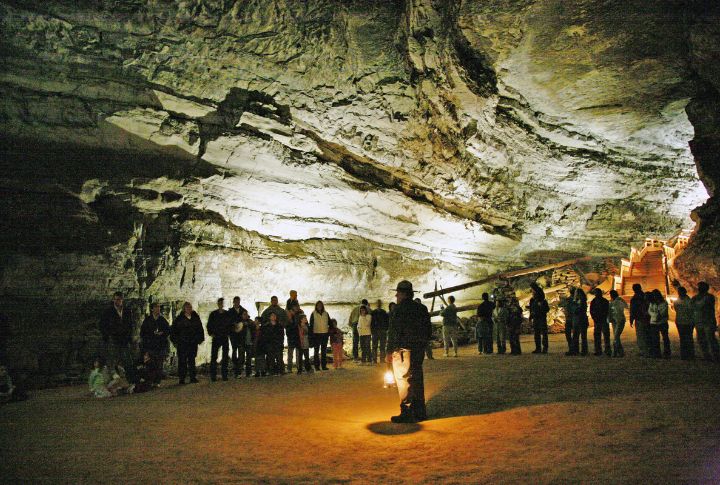
Journey into Mammoth Cave, the world’s most extensive cave system, stretching over 400 miles beneath Kentucky’s rolling hills. Discover dazzling limestone formations amongst the hidden rivers and unique wildlife as you explore this stunning subterranean World Heritage Site, proof of nature’s power and mystery.
Fingal’s Cave, Scotland
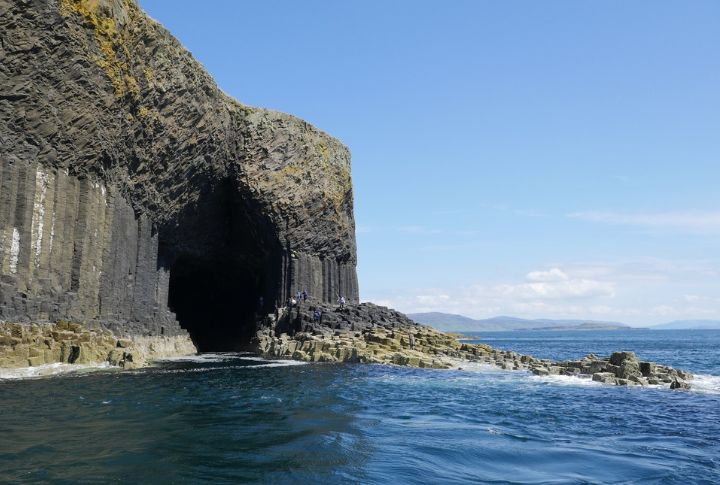
Scottish Cave Fingal is pure geological perfection. Hexagonal basalt columns rise like an ancient temple, shaped entirely by volcanic forces. Acoustics inside amplify crashing waves, producing a haunting, organ-like sound. It is a part of the national nature reserve of the National Trust for Scotland. No wonder it inspired Mendelssohn’s “Hebrides Overture.”
Carlsbad, New Mexico

First explored in 1898, Carlsbad Caverns attracts thrill-seekers and scientists alike. At dusk, a swirling tornado of bats erupts from the entrance. It is a cave system with 119 caves hidden under the surface. It features some of the world’s most spectacular stalagmites and underground pools deep in New Mexico.
Reed Flute, China
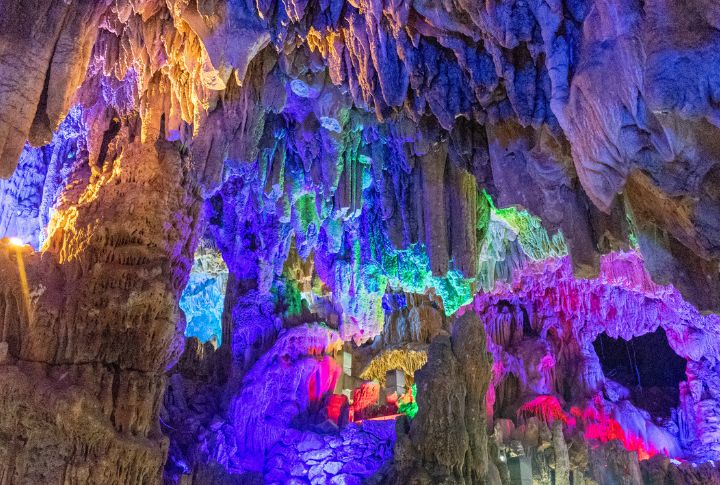
For over 1200 years, nature has carved the Reed Flute Grotto into a mesmerizing display of stalactites and stalagmites. Named for the reeds growing nearby, once used for flutes, this cave now glows under artificial lighting. Visitors can find over 70 poems and notes left in ink that date back to 792 AD.
Mutnovsky Ice Caves, Russia
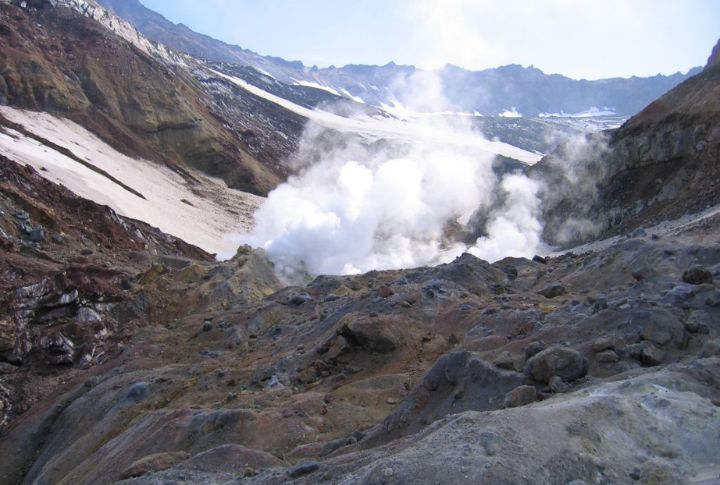
Icy tunnels twist beneath Russia’s Mutnovsky Volcano, forming a constantly evolving crystal space. The hot steam from the volcano melts parts of the ice, creating translucent walls that shift with the seasons. It’s an incredible masterpiece sculpted by opposing forces of fire and ice and is covered in snow from October till May.
Krubera Cave, Georgia
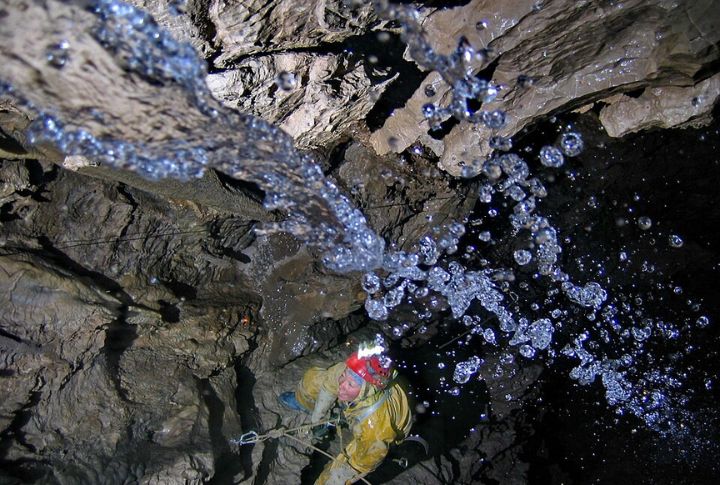
Also known as Voronya Cave, Krubera Cave is the deepest cave on Earth, reaching depths of over 2,199 meters. Situated in Georgia’s Arabika Massif, this subterranean wonder offers dramatic vertical descents and distinctive ecosystems, which makes it a fascinating spot for daring adventurers and scientific researchers.
Tham Luang Nang Non, Thailand
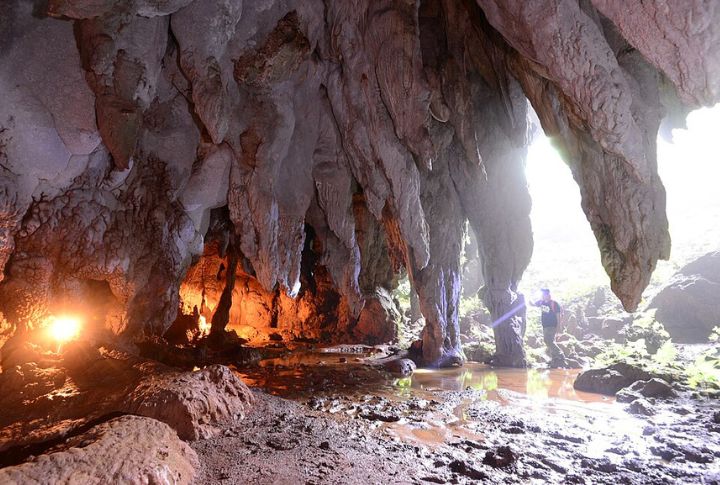
Also called the “Great Cave of the Sleeping Lady,” it lies beneath Thailand’s imposing Doi Nang Non mountain. Spanning 10 kilometers, this karst marvel is a maze of winding tunnels and striking stalactites, forever linked to the legendary 2018 rescue of the Wild Boars football team’s junior members.
Lascaux Caves, France
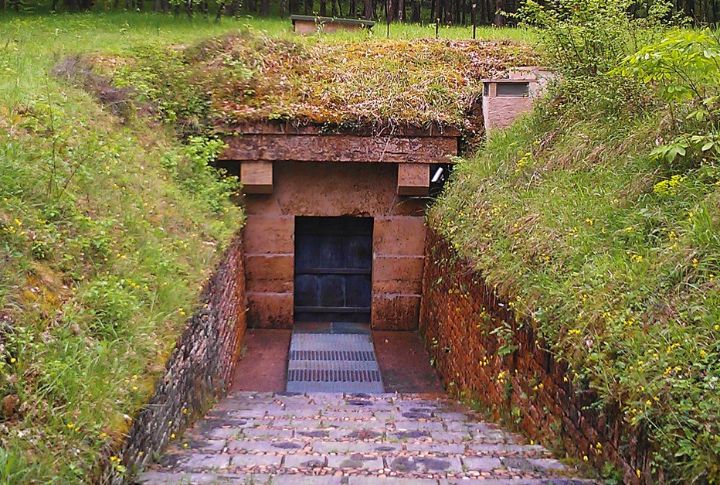
Venture into the mesmerizing Lascaux Caves, where prehistoric art springs to life! Behold the vivid, thousand-year-old paintings of animals and enigmatic figures. They serve as evidence of early human creativity of the Upper Paleolithic age and are some of the early origins of storytelling hidden deep within the heart of France’s Dordogne region.
Tayos, Ecuador
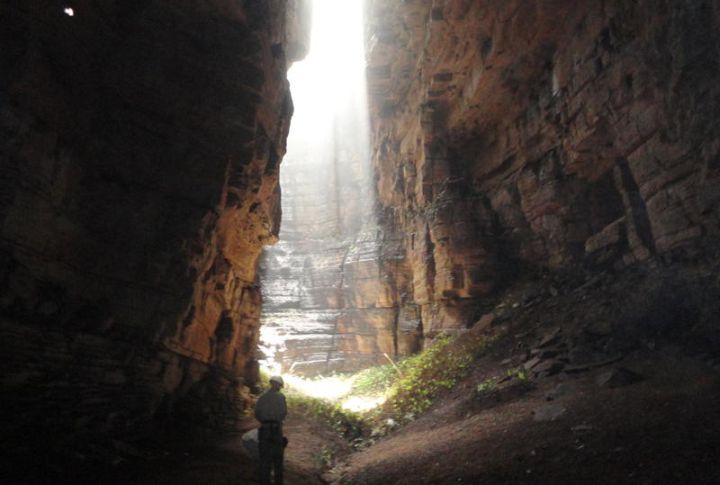
Explorers have ventured here seeking the unknown. From lost civilizations to buried treasures, Ecuador’s Tayos Caverns, which stands for “Cave of the Oilbirds,” are shrouded in legend. Twisting tunnels fuel speculation, while eerie silence deepens the mystery. Some believe its depths still guard secrets waiting to be uncovered.
Wonder Cave, South Africa
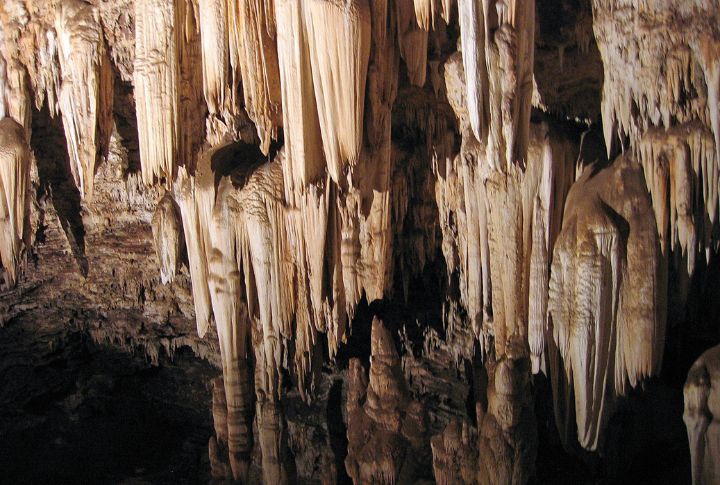
Located in South Africa’s Cradle of Humankind, the Wonder Cave is a beautiful limestone arrangement that took 5–10 million years to shape. Venture 60 meters below the surface to uncover its expansive chambers, filled with stalactites and stalagmites. You can find unique cave pearls here—a glimpse into the planet’s ancient beauty.
Kungur Ice Cave, Russia
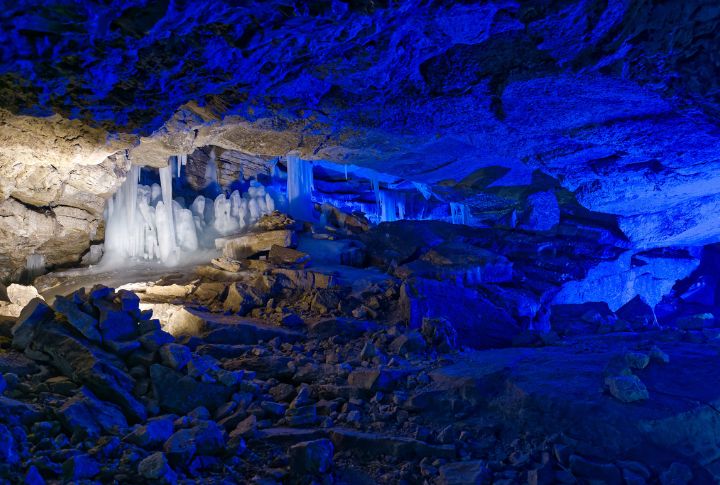
The rugged terrain of Russia’s Ural Mountains buries the Kungur Ice Cave, which beckons with an otherworldly charm. Inside, dazzling ice crystals, glistening underground lakes, and twisting grottos await. Even in summer, the cave’s icy grip refuses to thaw, enchanting every curious traveler.
Hawaiian Lava Tubes
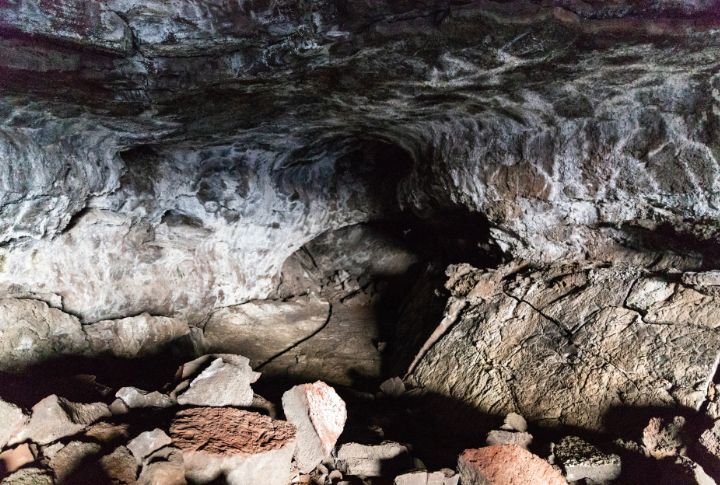
Molten rivers carved countless lava tubes in Hawaii, leaving behind winding tunnels that stretch for miles. These natural wonders whisper tales of volcanic fury and the island’s altering topography. Step inside, and you’re walking through the preserved veins of Earth’s fiery heart that is home to troglobites.
Buchan Caves, Australia
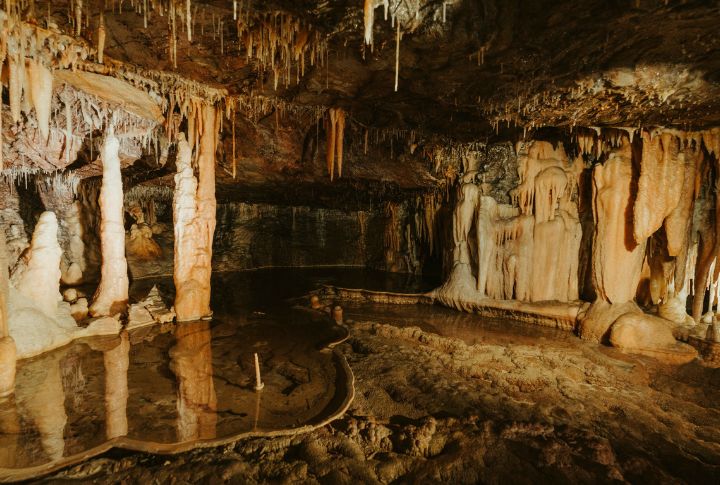
Found in Victoria’s East Gippsland, the Buchan Caves offer a mesmerizing glimpse into Earth’s ancient past. Wander through grand chambers, where radiant stalactites and stalagmites create an otherworldly atmosphere. Guided tours of the Fairy and Royal Caves lead you on an unforgettable subterranean adventure.
Postojna Cave, Slovenia
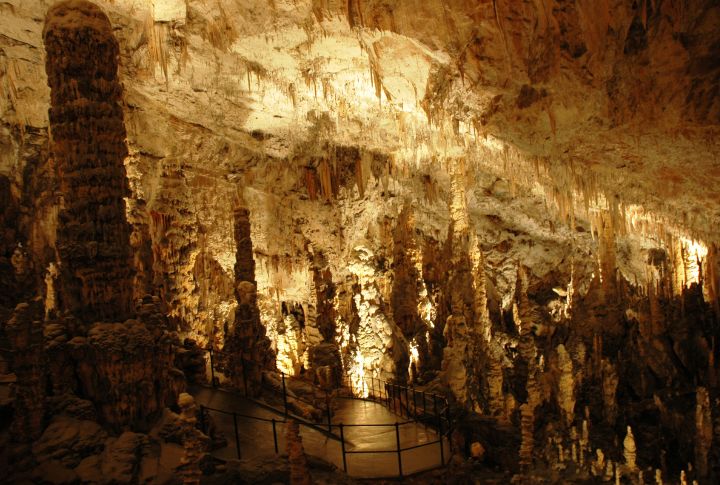
Revealing a mesmerizing underworld of twisting limestone tunnels stretching 24.34 km, Postojna Cave towers stalagmites, created due to the movements of the Pivka River. Hop on an electric train to explore vast chambers where underground rivers have carved nature’s masterpieces for millennia.
Cave Of The Crystals, Mexico
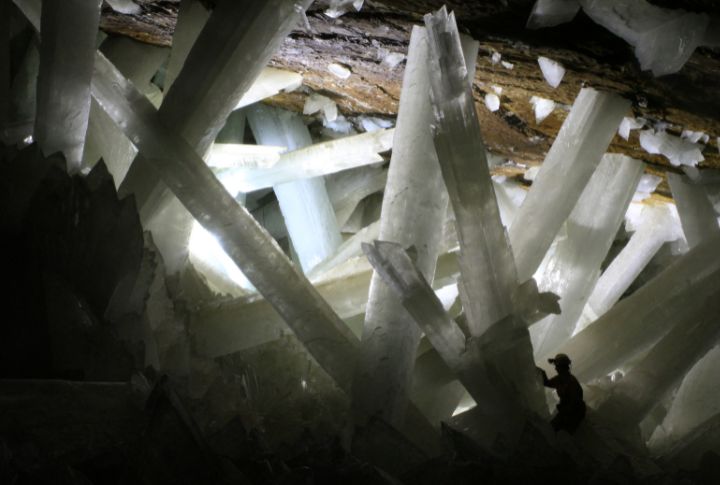
Concealed deep beneath Mexico’s Chihuahua desert, the Cave of the Crystals is a hypnotizing natural wonder. Found in 2000, it’s home to giant gypsum crystals, with some that can be over 37 feet in height. At nearly 980 feet underground, its sweltering heat and humidity keep this otherworldly beauty untouched.

